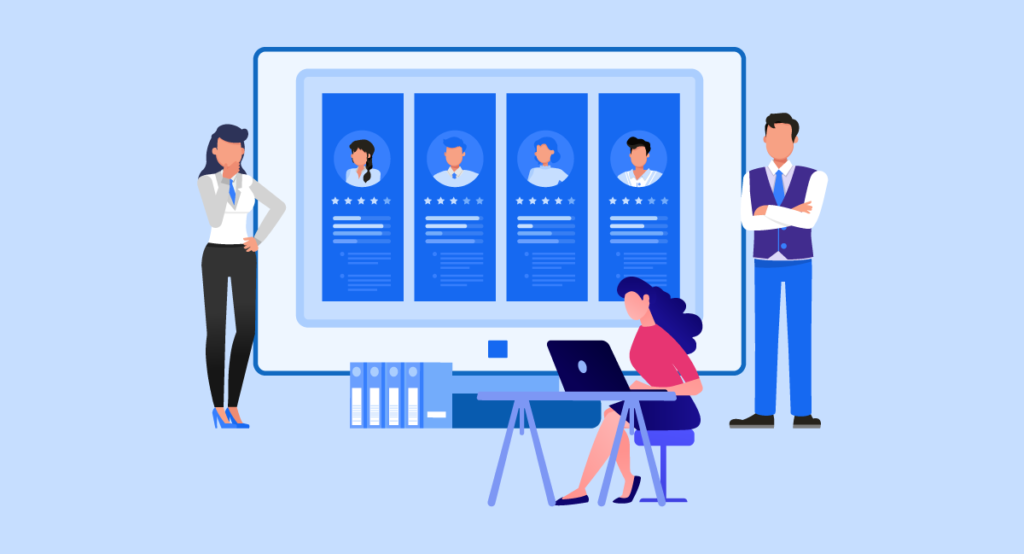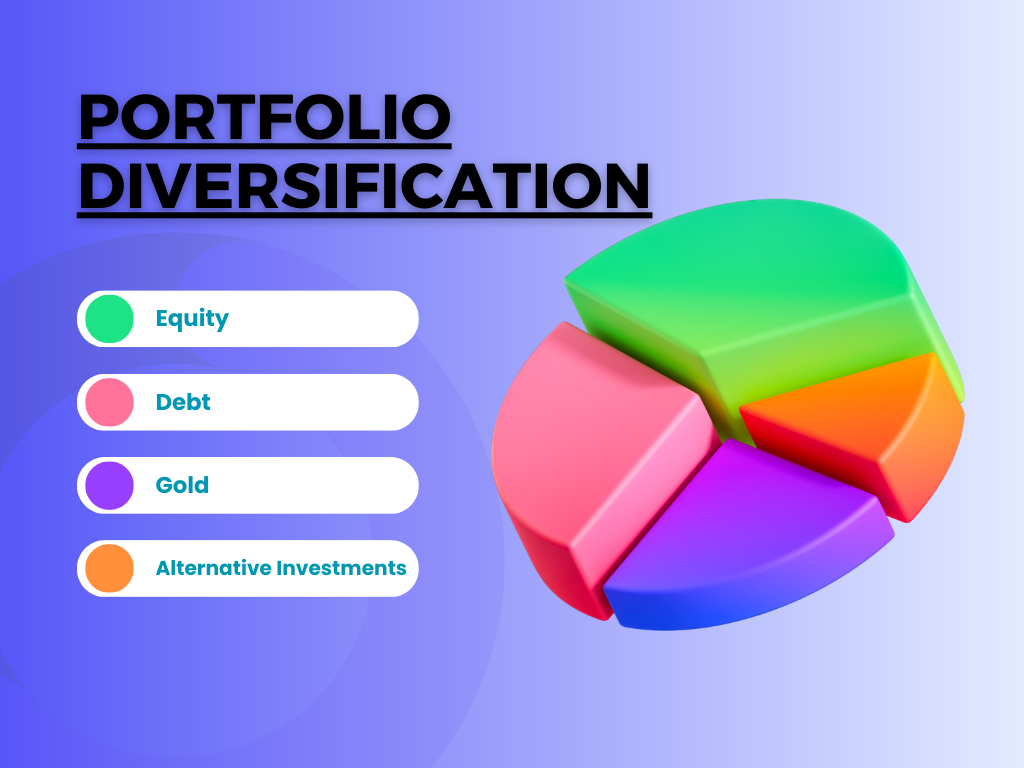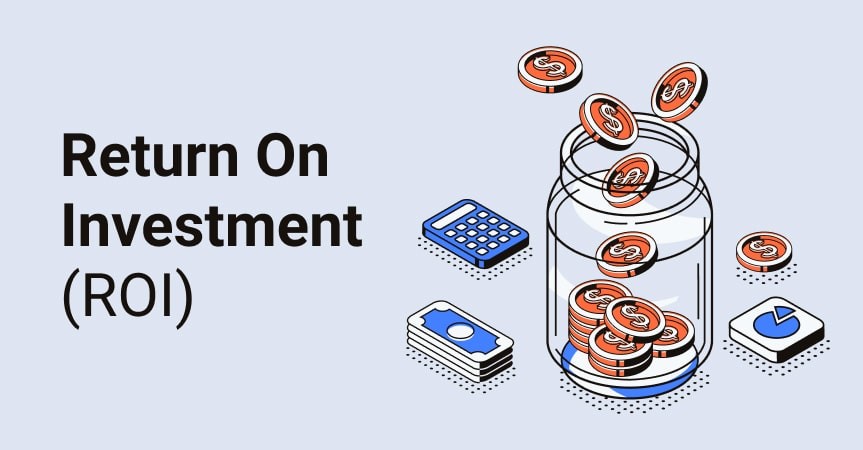Navigating the complex world of an HR SaaS company can seem like a daunting task, especially when you’re trying to find the best solution for your business.
Browsing through forums and LinkedIn posts, you might come across individuals expressing their confusion about choosing the right HR software. They often ask: “How do I choose from so many options?” or “What makes one HR SaaS company better than another?”
You don’t have to be stuck in this confusion. There are numerous businesses out there successfully leveraging HR software solutions provided by top-notch companies that perfectly cater to their unique needs.
The beauty of working with an HR SaaS company lies in its ability to offer flexible and scalable solutions that evolve as per your business growth
Exploring the Landscape of HR SaaS Companies
The realm of HR SaaS companies is both expansive and dynamic, with a plethora of providers offering various services designed to revolutionize human resource management. These entities have transformed how businesses manage their HR processes by delivering software solutions that bolster efficiency.
HR SaaS is a modernized system where suppliers host software programs on their own servers, making them accessible to customers through the web. This model has become widely adopted due to its scalability, cost-effectiveness and flexibility when compared with in-house systems.
In this arena, one can find numerous players such as Sage HRMS, renowned for providing comprehensive tools for managing employee data throughout all stages of the employee lifecycle. They also offer robust payroll management capabilities along with intuitive self-service portals that empower employees while minimizing administrative workload.
Cezanne HR: A Player Worth Noting
A standout amongst these notable players is Cezanne HR – they cater specifically towards mid-sized organizations and larger enterprises boasting international teams by supplying modular yet integrated cloud-based solutions.
Their offerings range from core personnel tracking features through advanced modules like performance management and time off tracking; what sets them apart, however, is their commitment towards continuous product development based on customer feedback, thus ensuring relevance amidst evolving business needs.
Focusing On Employee Experience
Discover the dynamic world of HR SaaS companies. Revolutionize your HR management with scalable, flexible and cost-effective solutions. #HRTech #SaaSClick to Tweet
Understanding the Different Types of HR SaaS Solutions
The vast universe of human resources management software is categorized into two main types: best-of-breed and all-in-one solutions. Each has its unique strengths, designed to cater to different needs within an organization’s HR department.
Best-of-Breed SaaS Solutions
A deep dive into Best-of-Breed solutions:
These are specialized tools that excel in a specific function like payroll management or applicant tracking systems. They offer high levels of customization, allowing businesses to tailor their tech stack according to individual requirements.
This approach provides depth over breadth but may require more integration work for seamless operation between various applications.
All-in-One SaaS Solutions
Focusing on All-In-One offerings:
An all-in-one solution offers comprehensive functionality covering multiple aspects of human resource management such as benefits administration, employee engagement tools, and performance monitoring capabilities under one roof.
Solutions like Oracle HCM Cloud Suite provide extensive coverage across every aspect from hiring through retirement. While they might not be as specialized in certain areas compared with standalone applications (like those offered by best-of-breeds), they simplify operations due to fewer integrations being needed.
Your choice between these options will largely depend on your company’s unique needs – whether you need depth in particular functions or breadth across several facets of HR operations. Note: When comparing options, always consider factors such as cost-effectiveness over time before making your final selection.
Navigating the HR SaaS universe? Choose between best-of-breed for specialized functions or all-in-one solutions like Oracle HCM Cloud Suite for comprehensive coverage. Tailor your tech stack to fit your company’s unique needs. #HRTech #SaaSClick to Tweet
The Top Players in the HR SaaS Market
In a rapidly evolving industry like human resources, several key players have emerged as leaders. These HR SaaS companies offer comprehensive solutions that cater to the diverse needs of organizations.
Workday: Revolutionizing Workforce Management
Workday’s cloud-based financial and human capital management software is renowned for its advanced features such as workforce planning and analytics. It helps businesses manage employee data effectively throughout their lifecycle while aligning individual goals with company objectives.
This results in fostering high-performing teams within an organization – a testament to Workday’s commitment towards improving efficiency through innovative HR processes.
UKG (Ultimate Kronos Group): Enhancing Employee Experience
A product of the Ultimate Software and Kronos Incorporated merger, UKG offers end-to-end HCM solutions from payroll processing to talent acquisition on one unified platform. UKG prioritizes enhancing the employee experience by offering engagement surveys along with sentiment analysis tools leading towards higher levels of satisfaction among employees.
An Enterprise Giant: Oracle Cloud HCM Suite
Renowned enterprise software provider, Oracle, provides versatile solutions catering to a broad spectrum of capabilities including recruitment marketing via applicant tracking system modules coupled with learning and development functionalities.
This ensures efficient streamlining of HR processes while maintaining effective workforce management across various business sizes – making it the ideal choice for both small and medium-sized enterprises.
ADP Workforce Now: Comprehensive Labor Solutions
A strong contender in this field, ADP excels in managing complex labor requirements integrated with payroll, time, tax, and benefits administration.
Furthermore, it offers insightful reporting options enabling quick access to critical data points, thereby facilitating the informed decision-making process. This contributes greatly towards effective resource management in any organization.
Paycom: Pioneering Digital Transformation
A US-based firm, Paycom has been a single-database Human Capital Management solution since its inception. Its unique feature set includes talent acquisition modules and robust
Key Takeaway:
Harness the power of top HR SaaS companies like Workday, UKG, Oracle Cloud HCM Suite, ADP Workforce Now and Paycom to streamline your HR processes. From workforce management to payroll processing and talent acquisition – these leaders are revolutionizing human resources with their innovative solutions.
Why Businesses Should Invest in HR SaaS Solutions
In the dynamic landscape of human resources management, small and medium-sized businesses can greatly benefit from investing in HR SaaS software solutions. These tools offer a multitude of advantages that streamline various aspects of workforce management.
The Efficiency Boost: Workforce Management
HR SaaS software providers have transformed traditional methods by automating tasks such as scheduling, time tracking, and attendance monitoring. This automation not only conserves valuable time but also minimizes errors associated with manual data entry.
Beyond just administrative duties, these systems support managers in making informed staffing decisions based on real-time employee data. They provide insights into productivity levels and work patterns, which are essential for effective resource allocation.
The Employee Advantage: Enhanced Experience
A positive employee experience is integral to maintaining high-performing teams and fostering higher levels of employee satisfaction. Many HR SaaS software platforms include features like self-service portals where employees can access personal information or submit requests independently – empowering them while reducing the workload on your HR department.
This level of transparency improves overall employee engagement, leading to better performance at their jobs.
Making Time Count: Streamlined Time Management
In the current bustling business climate, managing time adeptly is essential. By integrating advanced systems capable of managing payroll, HR SaaS solutions enable accurate tracking of hours worked, ensuring fair compensation and minimizing payroll errors. This allows managers to monitor project timelines effectively, improving task completion rates and overall team performance. In turn, this leads to significant cost savings through increased productivity, promoting a culture of accountability within the organization.
Last but certainly not least, investing in quality HR SaaS software contributes directly towards enhancing Employee Satisfaction Levels. Streamlining processes reduces frustration caused by bureaucratic red tape and inefficient systems, thereby creating happier and more motivated staff members who are likely to stick around longer, thus reducing turnover costs substantially.
Key Takeaway:
Investing in HR SaaS solutions is a game-changer for businesses, automating tasks and enhancing efficiency. It empowers employees with self-service portals, boosts productivity by providing real-time data insights, streamlines time management and payroll processes while fostering a positive work environment that reduces turnover costs.
Charting Your Course Through HR SaaS Software Platforms
The journey towards selecting an HR SaaS software platform can often seem like navigating through uncharted territory. With an array of options to choose from, these platforms generally fall into two broad categories: comprehensive full suite systems and specialized point solutions.
Full Suite vs Point Solutions
A full suite system is akin to having your own personal Swiss Army knife for human resources management. From payroll management to performance management, benefits administration, and fostering employee engagement – it’s all there in one integrated toolset designed for seamless operations within the HR department.
In contrast stands the specialist or point solution that zeroes in on specific areas such as applicant tracking or time management. These tools may not offer the wide range of features you’d find in a full-suite offering but they shine bright where their focus lies.
Your choice between a complete package and a focused tool will depend largely upon what suits your business best. If you’re looking for extensive functionality across various aspects of HR, then something along the lines of ADP PayForce could be right up your alley.
If, however, certain pain points require immediate attention, perhaps implementing targeted tools like Jobvite’s Applicant Tracking System (ATS) might prove more effective.
Beyond this basic division, though, lie other factors worthy of consideration:
- Dollar value: Full-suite offerings typically carry higher upfront costs due to their vast feature set, while standalone applications tend toward lower initial pricing with potential add-on expenses later on if integrations are needed.
- Data consistency: An integrated system allows data sharing across modules, reducing chances for discrepancies, whereas multiple separate apps can lead to inconsistent data sets.
- User experience: All-in-one platforms provide unified user experiences, enhancing productivity, while varying interfaces from different vendors could negatively impact efficiency.
Making informed decisions about which type of platform aligns best with organizational needs requires careful evaluation based on cost-effectiveness and ease-of-use, alongside alignment with long-term strategic goals.
This process becomes simpler once key differences are understood, enabling selections that
Key Takeaway:
Navigating the HR SaaS landscape can be daunting, but understanding your needs will guide you. Full suite systems offer comprehensive solutions while point solutions target specific areas. Your choice should align with organizational goals and consider cost-effectiveness, data consistency, and user experience.
Choosing the Right HR SaaS Software Provider
The task of selecting an HR SaaS software provider goes beyond just opting for one with positive reviews. It’s about discovering that perfect match which aligns seamlessly with your organization’s unique needs and objectives.
Pricing Considerations in Choosing Your Provider
In assessing various HR SaaS software providers, it is crucial to understand their pricing models. Some offer tiered pricing based on functionalities, while others may charge per employee or employ flat-rate structures.
You must ensure that the cost of the solution fits within your budget without compromising essential features needed for managing payroll, benefits administration, and other vital human resources processes.
Understanding Average Customer Size
An important aspect when choosing an HR SaaS provider is understanding their average customer size. This insight can help you determine if they are equipped to handle your business requirements efficiently.
If you’re running a small-to-medium-sized enterprise (SME), providers who specialize in servicing similar-sized companies might be more suitable as they would likely have solutions tailored towards challenges unique to SMEs.
Conversely, larger organizations should consider providers experienced in handling complex workforce management demands characteristic of bigger entities.
Addressing Specific Pain Points
The ideal provider should deliver solutions that address specific pain points faced by HR teams within your company – whether this involves enhancing employee engagement through better performance management systems or streamlining applicant tracking during recruitment phases – every feature contributes towards overall productivity enhancement.
Evaluating Alignment and Critical Functionality
To effectively evaluate alignment between potential vendor offerings and company needs, draw up a list detailing all necessary features required, then compare against each prospective service ensuring no critical functionality gets overlooked in the process.
Remember: The ultimate goal isn’t necessarily finding the cheapest option but rather identifying the most valuable solution providing an optimal balance between costs incurred versus benefits gained – ultimately leading to successful implementation of HR SaaS software solutions driving higher levels of efficiency across the entire organization.
Note: Continuous innovation remains key to staying competitive in a dynamic industry where advancements in technology constantly shape future trends in human resource management.
Key Takeaway:
Choosing the right HR SaaS provider isn’t just about cost or popularity. It’s about finding a perfect fit for your company’s unique needs, budget, and size. The best solution balances cost with functionality, addressing specific pain points while driving efficiency and innovation.
Embracing Technology for Effective HR Management
From automating mundane tasks to enabling strategic decision-making, technological innovations have become a linchpin in contemporary HR processes.
The power of automation cannot be underestimated.
A quote by Bill Gates resonates well here: “The first rule of any technology used in a business is that automation applied to an efficient operation will magnify the efficiency.”
Automation has seamlessly integrated into various facets within an organization’s HR department, including payroll management and benefits administration. It not only expedites these time-consuming operations but also minimizes errors associated with manual data entry.
The Impact of AI on Talent Management
Artificial Intelligence (AI) and machine learning, coupled with predictive analytics capabilities, offer invaluable insights about potential high-performers or future staffing needs based on historical trends – thus transforming talent management practices at organizations globally.
Beyond this, they assist HR teams in crafting personalized training programs tailored specifically towards individual employees’ skill gaps or career aspirations, thereby fostering a continuous learning culture while ensuring optimal workforce productivity.
In addition, SaaS HR software providers, through its innovative features like self-service portals, empower employees by giving them control over their personal details, hence boosting morale leading to ultimately higher retention rates.
Moreover, Digital Transformation continues shaping employee engagement strategies significantly as tools like social intranets or mobile apps make it easier for global market teams to communicate effectively regardless of service provider location, enhancing overall employee experience levels which is an essential factor influencing organizational success today.
This shift towards digitization has led businesses closer than ever before toward achieving a holistic employee experience.
Finally, the constant innovation being key to staying competitive within this dynamic industry makes it imperative for companies to adapt quickly to evolving tech-enabled advancements shaping future trends in the human resources field.
Key Takeaway:
Harnessing HR technology, from automation to AI, is transforming businesses by streamlining operations and enhancing strategic decision-making. This digital shift boosts productivity, fosters continuous learning cultures, empowers employees via self-service portals and shapes employee engagement strategies – all key to staying competitive in today’s dynamic market.
Conclusion
Uncovering the potential of HR SaaS companies can revolutionize your business.
These tech-savvy firms offer innovative solutions that streamline human resource management, boosting efficiency and productivity.
Different types of HR software cater to unique needs within an organization’s HR department, offering both specialized and comprehensive tools.
The market is teeming with top players like Workday, UKG, Oracle, ADP Workforce – each providing their distinct offerings in this competitive landscape.
No matter the size of your business, investing in these digital tools can revolutionize workforce management and enhance employee experience.
Navigating through full suite platforms or point solutions depends on your company’s specific requirements – choose wisely!
In conclusion, leveraging technology via an HR SaaS company could be the key to effective human resource management in today’s fast-paced corporate world.
If you want to learn more about this, sign up for my newsletter.


